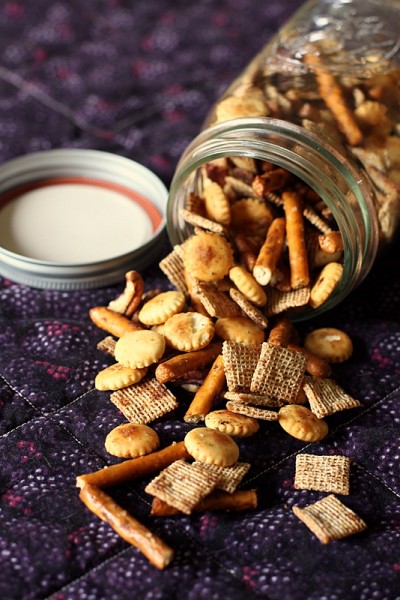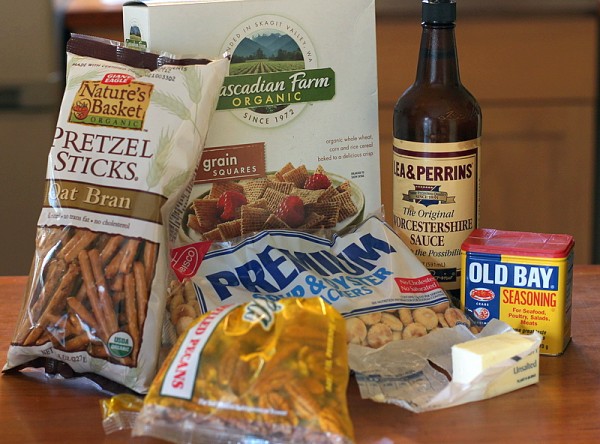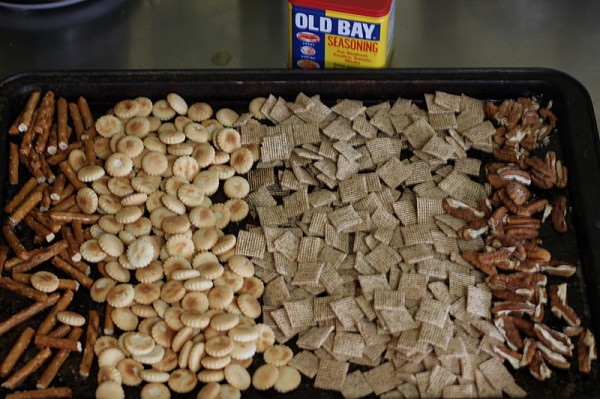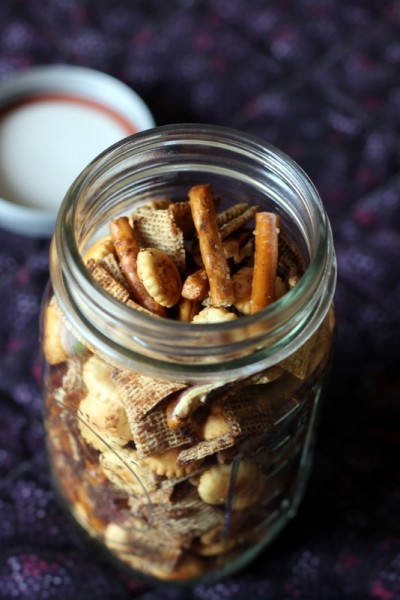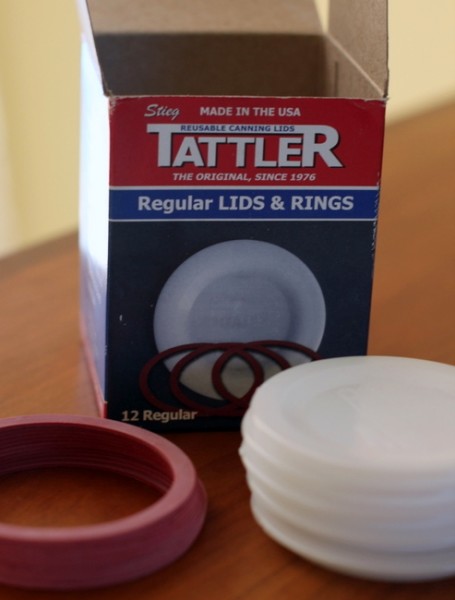 During nearly every canning class and many weeks at the farmers' market I am asked about Tattler Reusable Canning Lids. I bought some to try at Lehman's an age ago and finally canned my first 2012 batch of strawberry honey jam using the lids last week.
During nearly every canning class and many weeks at the farmers' market I am asked about Tattler Reusable Canning Lids. I bought some to try at Lehman's an age ago and finally canned my first 2012 batch of strawberry honey jam using the lids last week.
How Tattler Lids Work
Tattlers are a three piece lid system consisting of a plastic lid, rubber ring, and metal ring not included but reusable from the standard metal ring and lid system. The plastic lid and rubber ring must be cleaned and warmed in a simmering pot of water before placing them on the jars.

The glass jar rim must be completely clean and dry for the rubber to seal. The ring is tricky to retrieve from the boiling water and more difficult to center on the rim than the metal lid. Once the ring is placed, the plastic lid must be placed directly on top and the metal ring secured but not totally tightened.
Then jars go into the waterbath as usual. Immediately upon removing them from the waterbath, the rings must be tightened fully, an additional burn-risking step to the standard metal ring and lid system. There is no characteristic 'ping' sound, so seals must be tested manually by picking up the jars with the edge of the lid after jars have cooled completed in twenty four hours. Raised letters on the lid prevent labels from laying flat and most would not want to write on the lid because it is reusable.
Tattlers are reusable, made in the USA and BPA free, claims that standard metal lids cannot make. For people who can often to feed their family the best local food, investing in lids that do not contain a dubious chemical and are reusable makes good sense.

My Tattler Lids Review
One out of seven jars with Tattler lids failed to seal in my first experience. Using metal lids for hundreds of jars in the last decade, I have only had two seal failures. Other canners seem to experience more sealing issues with Tattlers than regular lids too.
I wish the three part lids were easier to use. I scalded my fingertips with boiling water trying to get the lids on center and I still failed with one. Perhaps with practice and a tiny set of tongs, I could learn how to set the lids more quickly and accurately.
I also desperately missed the ping noise. Canning is a multi-sensory experience for me and without the auditory signal that my work was complete, I felt unfulfilled. I didn't like having to wait to test the seal for 24 hours, not to mention that the unsealed jar could be growing bacteria during that time.
To use Tattlers more regularly, I would need to find a new labelling method. I'm against labelling on the jar because labels are hard to remove and difficult to see when organized in boxes on my larder shelves. I'm curious how other Tattler users label their jars.
At nearly a dollar each, Tattler lids are five times as expensive as metal ones. I would not be willing to give away a jar with a Tattler lid except to my most-trusted friends whom I know would return them.
Tattler lids used to only be available with a lengthy drive or by mail order. City Folk's Farm Shop will begin carrying them early next week. City Folk's is offering Hounds in the Kitchen readers a special price of $9.75/dozen regular mouth and $10.50/dozen wide mouth on one package through June 10th. Just tell them you heard about Tattler's here.
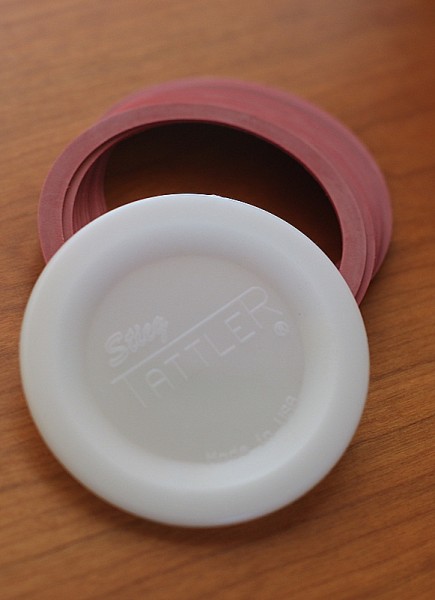
Conclusion
Pro: BPA free, reusable, made in the USA
Con: more difficult to use correctly, risk of not sealing, expensive, no ping, harder to label lid
I don't see myself using Tattlers regularly for jam canning, especially as I love to give a jar of jam as a gift. I will reuse the ones I have with highly acidic foods like tomato sauce that are most prone to leaching BPA.
Have you used Tattler lids? What do you think?
Disclosure: I paid for my own Tattler lids to review. The first link in this article is an Amazon Affiliate link. City Folk's Farm Shop is a social media client.
Added to Simple Lives Thursday #98.







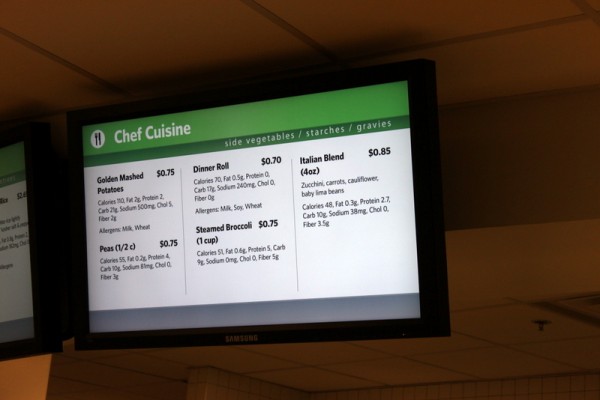



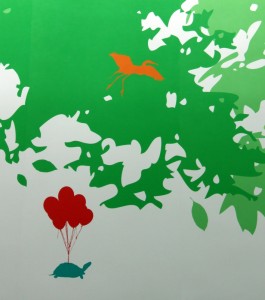
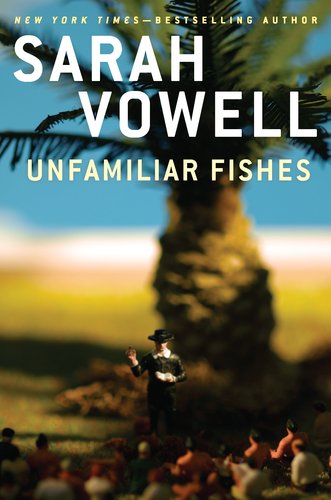 Unfamiliar Fishes
Unfamiliar Fishes
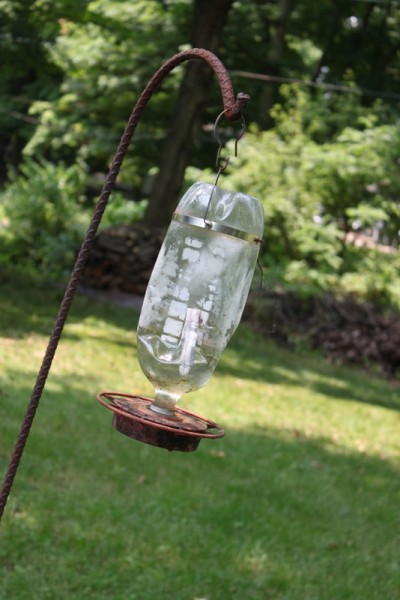
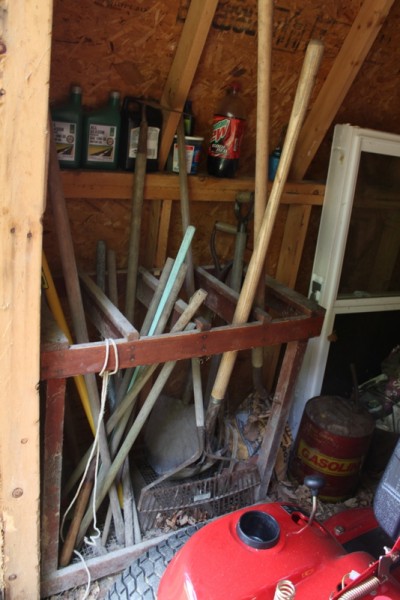
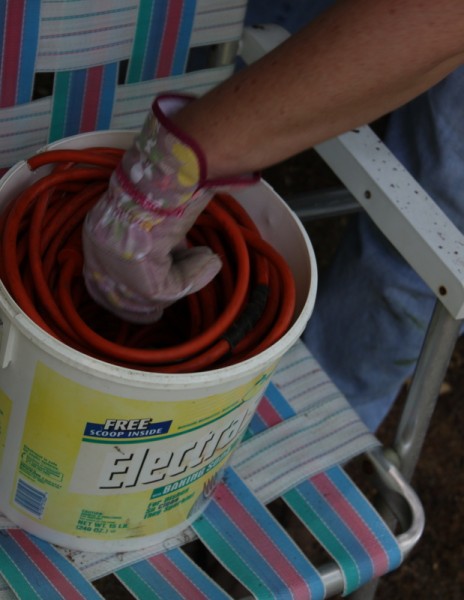
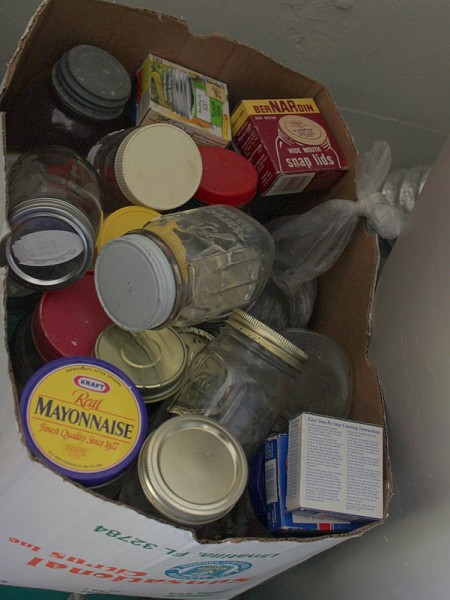
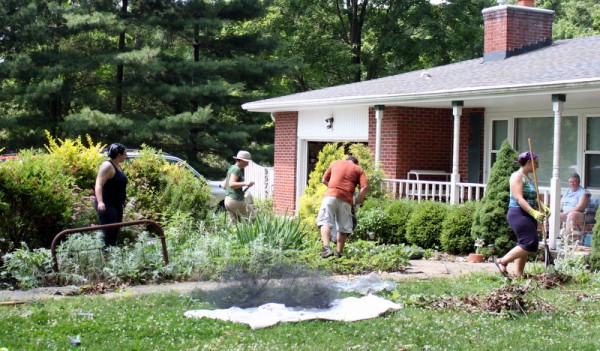




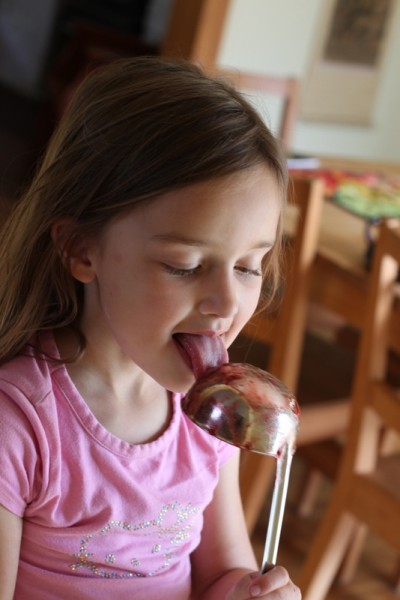
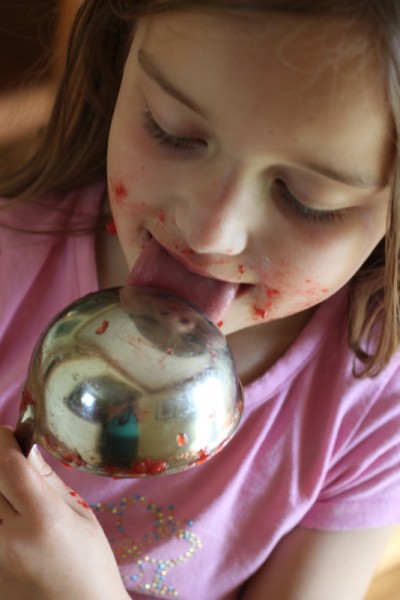

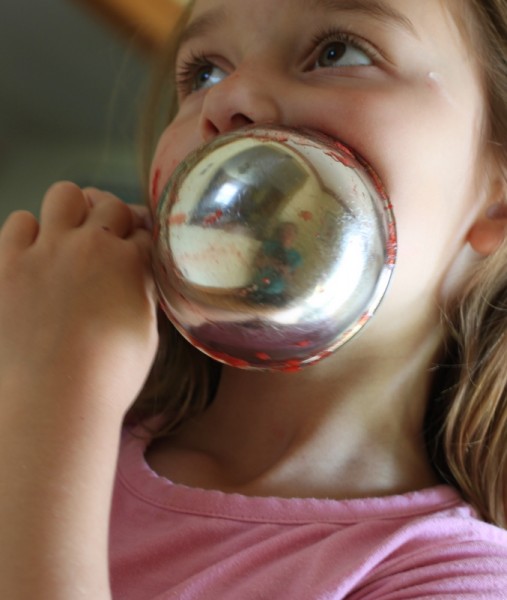
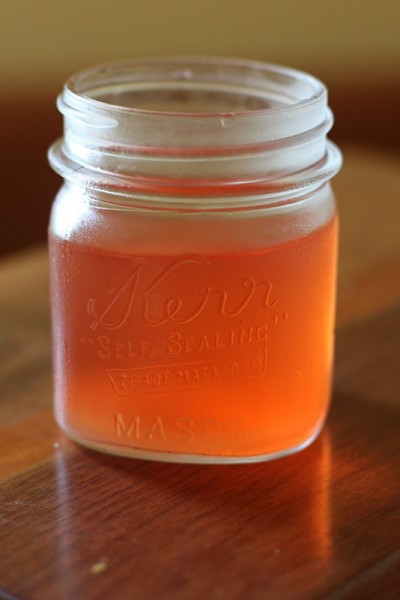
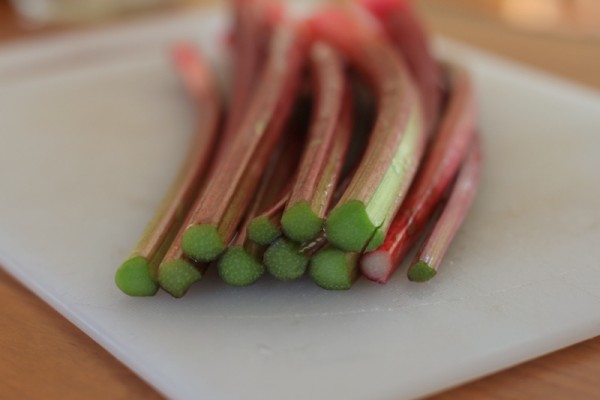
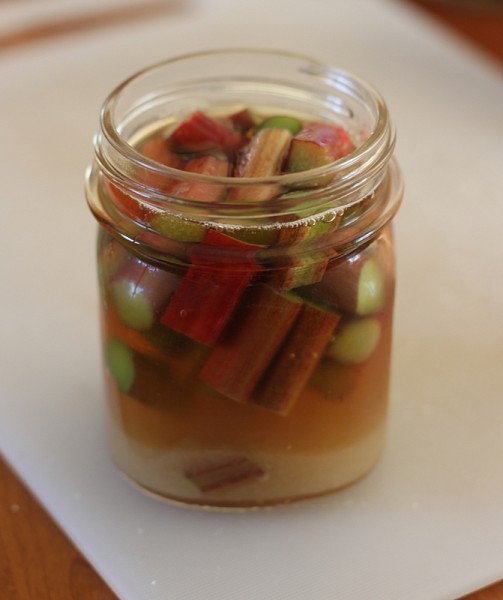
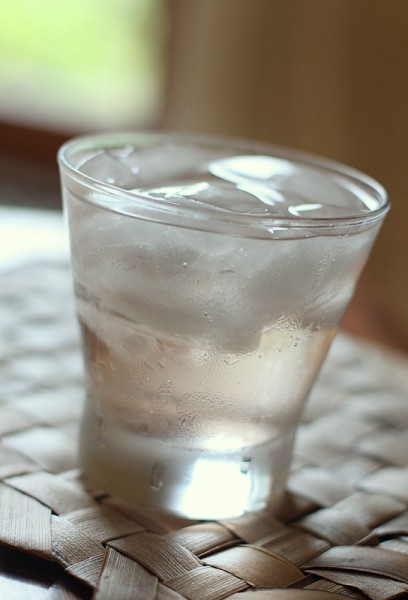

 ,
,  , medical scissors, a needle, iodine tablets, and travel containers for our prescription medicines. We have yet to have a real emergency that required use of the heavier duty equipment but it is a comfort knowing that Alex has our first aid covered.
, medical scissors, a needle, iodine tablets, and travel containers for our prescription medicines. We have yet to have a real emergency that required use of the heavier duty equipment but it is a comfort knowing that Alex has our first aid covered. for their fit, durability (Alex's is over 4 years old now), and light weight.
for their fit, durability (Alex's is over 4 years old now), and light weight. . Wool is perfect for travel because it is lightweight and easily washed and dried in a sink or lake.
. Wool is perfect for travel because it is lightweight and easily washed and dried in a sink or lake.
 and flip flops exclusively. Just this week I found a pair of
and flip flops exclusively. Just this week I found a pair of  for Lil so we can walk in matching comfort. Alex has an opposing shoe philosophy and packs half a dozen pairs for every trip. Good thing he can carry his own bags!
for Lil so we can walk in matching comfort. Alex has an opposing shoe philosophy and packs half a dozen pairs for every trip. Good thing he can carry his own bags! reusable sticker scenes,
reusable sticker scenes,  tablet loaded with movies and games. During lengthy trips, we wrap small gifts (stickers, temporary tattoos, small notebook, origami paper, etc.) and dole those out over the course of the travel. We pack binoculars, cameras, nature journals, a travel watercolor set, Ziploc bags for shell collections, and card games for entertainment during the vacation or business travel.
tablet loaded with movies and games. During lengthy trips, we wrap small gifts (stickers, temporary tattoos, small notebook, origami paper, etc.) and dole those out over the course of the travel. We pack binoculars, cameras, nature journals, a travel watercolor set, Ziploc bags for shell collections, and card games for entertainment during the vacation or business travel.